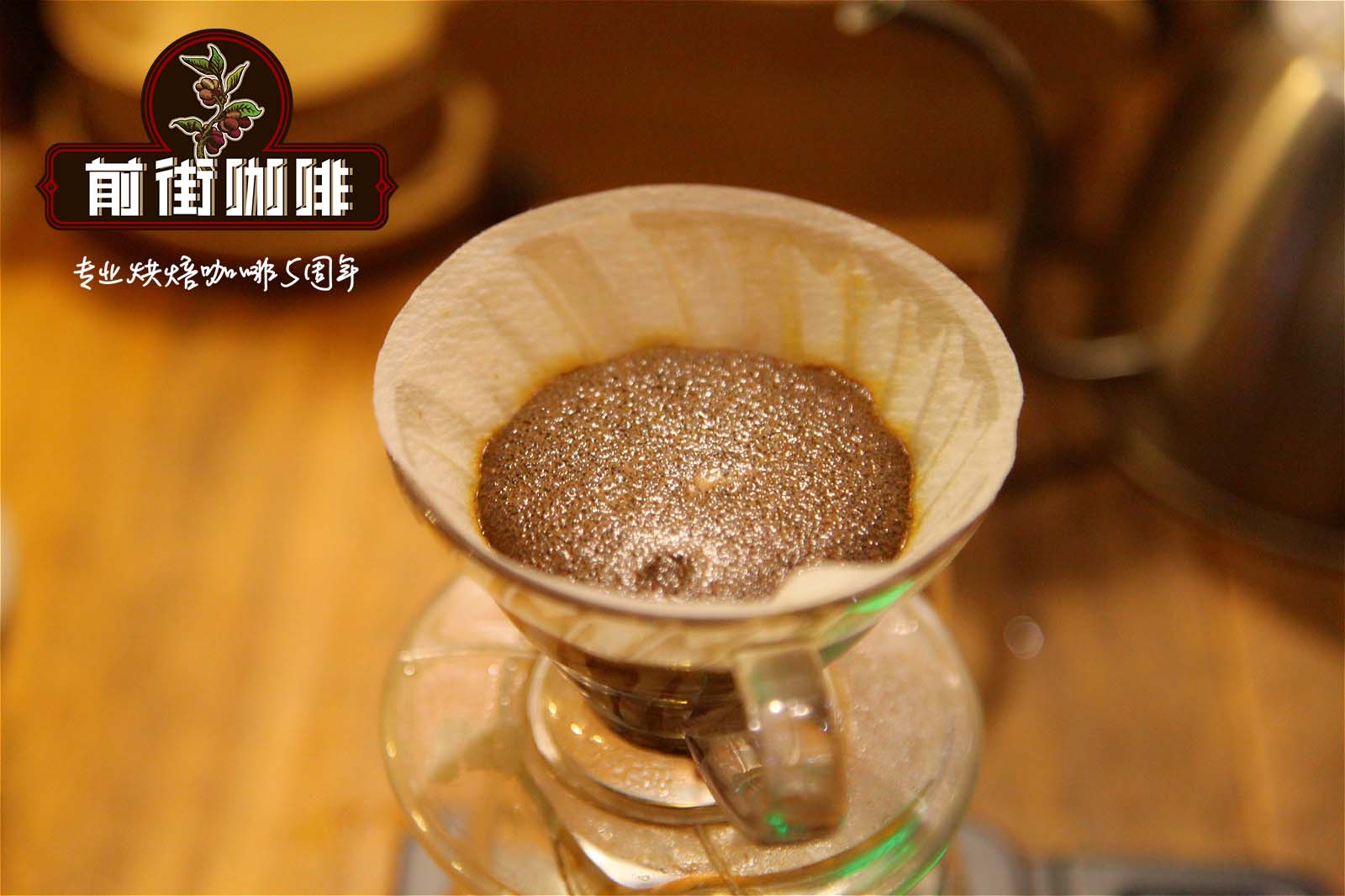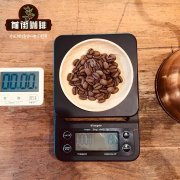Ethiopian coffee brands recommend Ethiopian coffee beans how to buy Ethiopian coffee prices

Professional coffee knowledge exchange more coffee bean information please follow the coffee workshop (Wechat official account cafe_style)
Ethiopia is known as the "birthplace of coffee". There is a local custom that no matter how poor people are, they must have a coffee pot and a charcoal stove. Why? Because the local people think that coffee is what they have to make every day, because they think chemical fertilizer is very expensive, so they never use chemical fertilizer. Then, after this coffee is cooked, it is divided into three courses. The first course of coffee is for the male elder to drink, because after the first course of coffee is brewed, it is relatively strong, and then it should be given to the male elder mainly with respect. The second way is for women, and for women who come to be guests, give them a drink. Then the third course is the lightest one, which is for the guest children to drink. Therefore, it is divided into such three processes, and its coffee is also very characteristic locally.
A brief introduction to the main producing areas of coffee beans in Ethiopia
Harar)
Hara is located in the Eastern Highlands of Ethiopia (Harerge Province) and grows between 5000 and 7000 feet above sea level. A century ago, it was still wild on the slopes. Most of the raw beans are medium size and long at both ends, with yellow or golden green color, strong chocolate smell when baking, wild taste with moderate acidity and rich texture. It is a very typical mocha flavor. Good Hara has jasmine fragrance. And similar to the aftertaste of fermented wine, to some extent, close to the Yemeni BaniMatar region of Mattari, even better.
Today's Hara still uses the traditional solarization method to handle raw beans, which are usually exported to the neighboring town of DireDawa, with an annual output of about 185000bags/60Kg, of which long beans (Longberry, evolved from the early Elaraby tree species,) and mostly G5 (Grade5) or G4 are exported. Unfortunately, good Hara is often smuggled to Yemen to sell mocha beans at higher prices.
In addition to a single product, its rich taste and wine acid can also be used as the base of espresso.
Gima (Djimmah)
Gima, which accounts for about 50 per cent of Ethiopia's annual output, grows between 4400 and 6000 feet above sea level in the country's southwestern highlands (the border between Kaffa and Illubabor provinces), usually exported to G5/G4.
However, in recent years, about 10% or 20% of Gima has been used to make up for the lack of taste of coffee, but its quality has gradually declined to its own level, but there are bipolar comments on coffee buyers (my friend only uses Gima as the base of espresso in his store, and its strong flavor surprises me). The coffee is like a hara, following the ancient way of sunburn. It is also a little sour but slightly inferior to Hara, with a medium texture and rugged earthy flavor.
Ghimbi & # 39; Lekenpuri (Lekempti)
Growing in western Ethiopia, 4900-5900 feet (Wollega province) plateau, north of Jima, mostly wild, annual output is about 500000bags/60kg, export is mostly G5/G4, bean body is larger and longer than Longberry, a little brown in green, taste similar to less jasmine tea, more bitter, lack of rising Hara, slightly sour, slightly fruity and wine aroma, but slightly inferior to Hara, but with good texture and viscosity. So the beans in Jinbi District are jokingly called "poorman'". SHarar ".
Taste complex but still balanced, deep culture has a better throat rhyme, back sweet longer, is one of the materials that many bakers like to use as comprehensive beans, of course, it can also be used as a good single product, suitable for drinking after meals.
Lim (Limu)
Growing in the western highlands of southern Ethiopia (the border between Shewa and Sidmo), east of Jima, north of Sidamo, most Europeans and Americans prefer 3600-6200 feet above sea level, most of them are washed with water, their annual output is about 110000bags/60kg, most of them are round (15/16scr), the color is green and bluish, the export is mostly G2, the taste is similar to Yegashev, but the viscosity is thin, but the fragrance of flowers and fruit are obvious. The sour taste is also softer than Yegashev, the more exciting acidity, and the aftertaste is similar to wine, with a good and balanced quality. It is a noteworthy Ethiopian boutique coffee after Yegashev. However, almost all limes are vertically integrated and exported by Ethiopian coffee organizations, so it is almost rare to see them in China.
It is heard that this kind of baking is more suitable for air flow medium baking, not suitable for deep baking, and the better flavor after baking is two to three days. In fact, the good Lim is on a par with Yegashev (this is actually a subjective consciousness of different opinions).
Sidamo (Sidamo)
Growing in the southernmost Ethiopian plateau at an altitude of 4600-7200 feet (Sidamo province), southeast of Jima, just south of the capital, usually sweet, but also loved by most people, its annual output is about 225000bags/60kg, bean body is smaller than Longberry, green with ash, in the Sidamo sun drying field, coffee is placed in hemp net wooden racks, workers take turns in the sun exposure, manual stirring coffee Sun Sidamo is usually marked with G4 exits, while water-washed Sidamo is mostly exported at G2 level because of the better sun treatment process.
The taste of the sun is close to the smell of flowers, but it is about a little earthy. Water washing has a nutty fruit aroma with a slight cocoa aroma, but what the two pieces have in common is smooth taste and viscosity, comfortable and pleasant acidity and fragrance. Medium roasting is suitable for individual products, while deep roasting is suitable for blending coffee and good Espresso base.
Yega Xuefei (Yirga-Cheffe)
The origin of the name is made up of two parts, Yirga is a town name of Sidamo, which means stable, and Cheffee means municipality.
It grows in the southern Ethiopian plateau at an altitude of 5700-7800 feet above sea level. It is located in the northwest of Sidamo province and around Lake Abaya. It usually tastes sweet and is liked by most people. Its annual output is about 225000bags/60kg. The bean body is smaller than Longberry, and it is greenish and gray in color. Most of it is washed. In the washing plant, after the coffee fruit is actually harvested, it is fermented in a storage tank full of water, and the workers use a simple wooden rake to stir it up to facilitate the smooth cleaning. The washing plant always has a pungent acid fermentation smell and the sound of the fruits in the sink colliding with each other. After the fruit is sticky and soft, it is directly shelled and cleaned, leaving only the fruit covered with sheepskin. After the final washing, the fruit is dried directly outside the washing plant.
A complex with a taste similar to lemon and citrus, with excellent viscosity and complex flavor (I think it is sometimes suspected of being overemphasized and exaggerated because of its loud name, even though I like its flavor). Most of them are exported to G2, suitable for medium baking as a single product.
In addition, it is worth mentioning that most of them are produced by state-owned institutions, but the quantity is small and is not well known to the world. Teppi and Bebeka;Teppi, which are lightly described here, grow between 3600 and 6200 feet above sea level, with an annual output of about 50000 bags. 60kg Bebeka grows between 3000 and 3900 feet above sea level, and the annual output is about 30000bags/60kg. Bebeka is planted in the lower part of southwestern Ethiopia, almost as a blend.
Ethiopian coffee bean brand recommendation
The Ethiopian coffee beans baked in Qianjie Coffee are fully guaranteed in terms of brand and quality. And more importantly, the performance-to-price ratio is extremely high, a pack of half a pound 227 grams, the price is only about 90 yuan. According to the calculation of 15 grams of powder per cup of coffee, a bag of coffee can make 15 cups of coffee, which costs only about 6 yuan per cup, which is recommended by conscience compared to the price sold in cafes for hundreds of yuan a cup.
Important Notice :
前街咖啡 FrontStreet Coffee has moved to new addredd:
FrontStreet Coffee Address: 315,Donghua East Road,GuangZhou
Tel:020 38364473
- Prev

How do Sumatran coffee beans taste good? What are the recommendations of Sumatra coffee beans
For more information on coffee beans, please follow the coffee workshop (Wechat official account cafe_style) Manning, a kind of coffee from Sumatra in Indonesia, Asia, also known as Sumatran coffee. Manning, produced in Sumatra, Indonesia, Asia, also known as Sumatran coffee. The main producing areas are Java, Sulawesi and Sumatra.
- Next

How much is Ethiopian coffee beans?
Professional coffee knowledge exchange More coffee bean information Please pay attention to coffee workshop (Weixin Official Accounts cafe_style) In the past two years, Ethiopian coffee represented by Yejia Shefei has been sought after by many coffee lovers. Many people who like to drink coffee express that they are very amazing and unforgettable after drinking high-quality Yejia Shefei. The word yirgacheffe has also become more pronounced.
Related
- Does Rose Summer choose Blue, Green or Red? Detailed explanation of Rose Summer Coffee plots and Classification in Panamanian Jade Manor
- What is the difference between the origin, producing area, processing plant, cooperative and manor of coffee beans?
- How fine does the espresso powder fit? how to grind the espresso?
- Sca coffee roasting degree color card coffee roasting degree 8 roasting color values what do you mean?
- The practice of lattes: how to make lattes at home
- Introduction to Indonesian Fine Coffee beans-- Java Coffee producing area of Indonesian Arabica Coffee
- How much will the flavor of light and medium roasted rose summer be expressed? What baking level is rose summer suitable for?
- Introduction to the characteristics of washing, sun-drying or wet-planing coffee commonly used in Mantenin, Indonesia
- Price characteristics of Arabica Coffee Bean Starbucks introduction to Manning Coffee Bean Taste producing area Variety Manor
- What is the authentic Yega flavor? What are the flavor characteristics of the really excellent Yejasuffi coffee beans?

